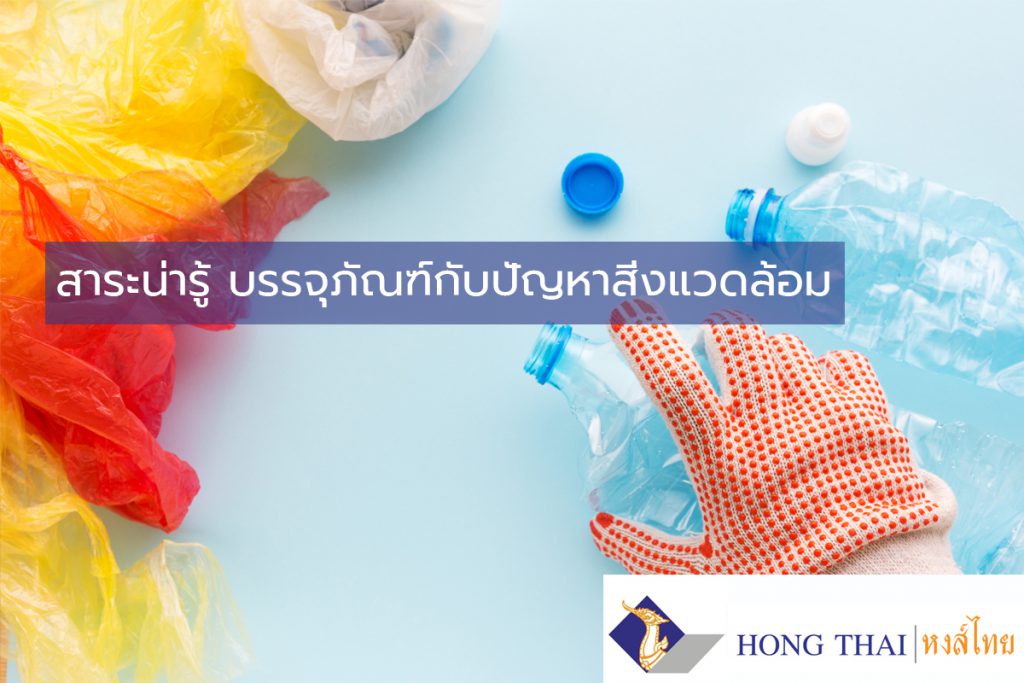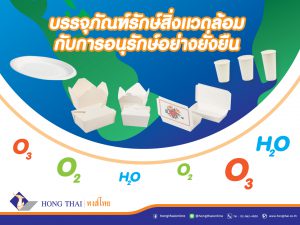All types of packaging are increasingly in demand, especially those related to food and beverages, such as paper cups, food boxes, or paper bowls. These products provide convenience as people no longer need to eat at the restaurant; they can buy ready-to-eat food or meals to enjoy on the go or at the office without needing to clean or wash the packaging afterward. However, this convenience results in a significant environmental impact, as waste increases daily.
Packaging and Environmental Issues
Packaging waste from paper cups, plastic cups, and ready-to-eat food boxes purchased from convenience stores, coffee shops, and beverage outlets is a growing issue. Although some packaging materials can decompose naturally, it takes a long time, leading to improper waste disposal, especially in rural areas, such as burning, which results in air pollution.
When waste from paper cups, paper bowls, cardboard boxes, glass bottles, metal cans, plastic bottles, and paper scraps from various packaging materials become an environmental problem, collecting and disposing of waste properly becomes costly. As a result, both government agencies and private organizations are working together to find solutions to reduce waste through various methods, such as:
- Reusing packaging materials or recycling them for new production.
- Adding value to used packaging by turning it into DIY projects, which has become popular when designed creatively.
- Encouraging businesses to use packaging that is biodegradable and eco-friendly.
- Raising awareness among manufacturers to choose natural materials for producing paper cups, paper plates, and paper bowls.
- Promoting the development of innovative packaging that decomposes more quickly, such as using banana fibers for packaging.
Participating in Waste Reduction to Solve Environmental Issues
Solving the waste problem caused by paper cups and paper bowls is the responsibility of all parties, not just the government, private organizations, or manufacturing plants. Everyone in society can participate in waste reduction to help solve environmental issues. Here are some ways to do so:
- Avoid using packaging that causes problems and environmental pollution, such as foam boxes or other toxic waste.
- Choose products with packaging that can be reused, such as glass bottles or beverage bottles.
- Opt for packaging that can be reused, such as using cloth bags instead of plastic bags.
- Sort waste before disposal to make it easier to collect and send for recycling, such as cans, plastic bottles, glass bottles, paper cups, and paper bowls.
The environmental problems caused by food and beverage packaging, such as paper cups, paper bowls, paper plates, and others, are the shared responsibility of society, and contributing to solving waste problems will help achieve sustainable waste management.






